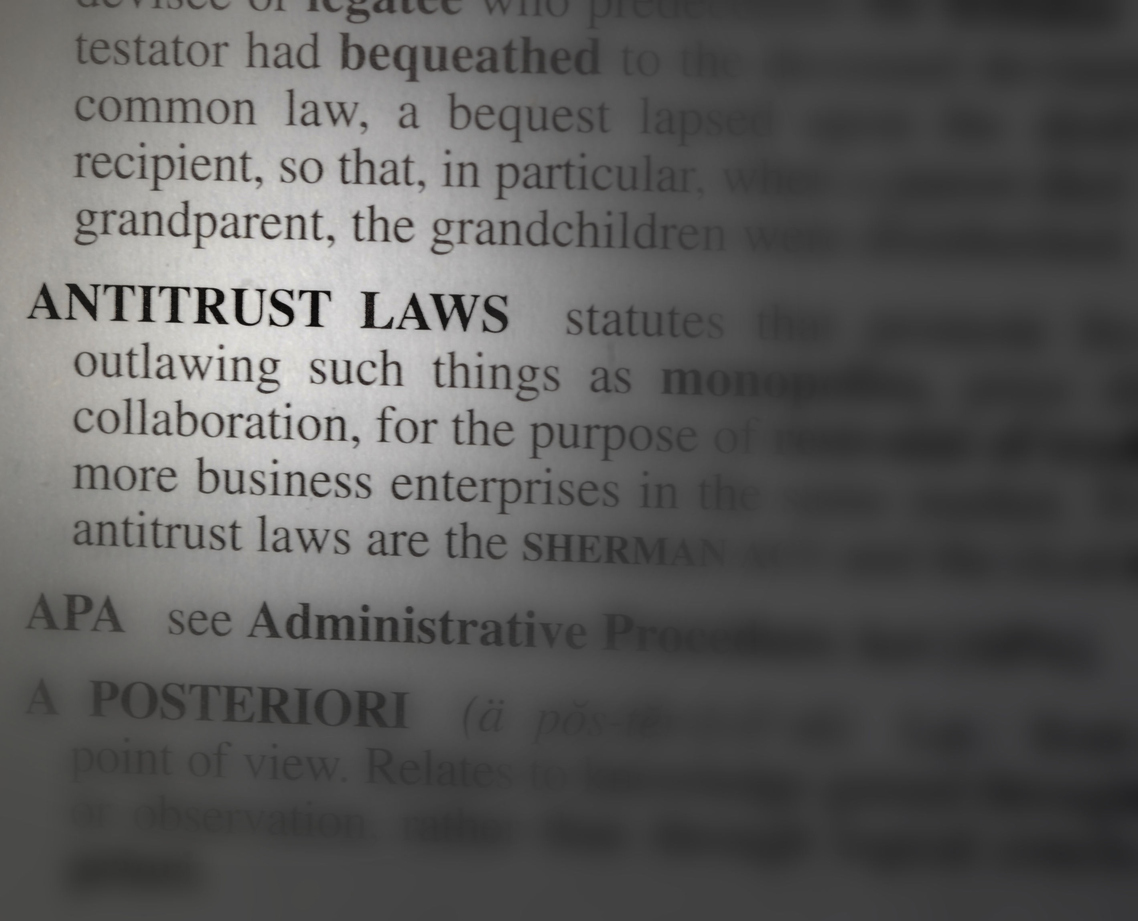Defining what constitutes a “collapse” under modern policy provisions is a highly litigated issue in Florida. Insurers have repeatedly amended/revised the definition of collapse to more precisely constrict coverage, leading to constantly evolving judicial interpretations of those provisions. Many exceptional blogs have been written seeking to clarify this confounding coverage, including Court Defines “Collapse” by Merlin Law Group attorney Shane Smith, and What Constitutes an “Abrupt Collapse”? by Merlin Law Group attorney Edward Eshoo.
It is important to understand the factual scenarios involved with applying the collapse coverage, as your homeowner’s insurance policy may include an additional coverage for “collapse.” Many insurance policies limit coverage to certain causes of collapse, such as such as hidden decay, insect/vermin damage, and weight of rain, to name a few. But how severe must the damage be before coverage is afforded? The first instinct may be to look to the policy for clarification, but as the following (common) provision demonstrates, the definition contained in many insurance policies does little to simplify the issue:
COLLAPSE
We insure for direct physical loss to covered property involving abrupt collapse of a building or any part of a building.
For the purposes of this Additional Coverage Collapse, abrupt collapse means an abrupt falling down or caving in of a building or any part of a building with the result that the building or part of the building cannot be occupied for its intended purpose.
While this provision purports to define more precisely what constitutes an “abrupt collapse,” it still leaves phrases such as “abrupt,” “falling down,” and “caving in” open to interpretation. Additionally, it provides little guidance as to the degree to which the building or any part of a building must fall down or cave in to fall within coverage. As the following case demonstrates, omitting that qualifying language results in an ambiguity favoring coverage for the insured.
In Kings Ridge Community Association v. Sagamore Insurance Company,1 the court was tasked with interpreting and applying the following collapse provision:
5.d. Collapse
(1) With respect to buildings:
(a) Collapse means an abrupt falling down or caving in of a building or any part of a building with the result that the building or part of the building cannot be occupied for its intended purpose.
The facts of the case were relatively straightforward. On February 24, 2010, the plaintiff’s clubhouse ceiling began to shake and portions of the roof and ceiling and significantly deflected downward.2 The insurer declined to extend coverage under the collapse provision, and subsequently filed a motion for summary judgment arguing the roof had not “fallen” as required by the policy and the building remained standing.3 The court found the depressed ceiling fell within the definition of a “falling down” and “caving in” pursuant to the policy terms. The court reasoned the policy did not specify how far a portion of a building must fall or the degree a building must cave to constitute a “collapse.”4
Specifically, the court stated:
Finally, the record establishes that the building is structurally unsafe and cannot be occupied for its intended purpose. Clearly, one cannot occupy a building if it has completely fallen down or caved in. However, the same may be true for a part of a building that has partially fallen down or caved in. The policy does not clearly require total destruction for a “collapse” to occur. To the extent that the policy can be interpreted as requiring the roof to have fallen to the ground for coverage to apply, the policy is ambiguous.5
As this language indicates, whether a loss amounts to an abrupt collapse (and therefore a “falling down” or “caving in”) greatly depends on the factual circumstances as well as the language of the subject policy. Equally as important is whether the policy specifically details the level of destruction required prior to coverage. In most circumstances, such as in Kings Ridge, the absence of such language presents an ambiguity as to what degree of falling down or caving in is required for coverage to apply.
While I recommend reading the Kings Ridge case in its entirety for the full context, one principle that can be derived from the holding is: A partial collapse (or partial “falling down or “caving in”) is still a covered loss, and the policy must “clearly” require a specific extent of damage before coverage can be limited to “total destruction” (or some other restrictive level of damage).
_______________________________________________
1 Kings Ridge Cmty. Ass’n, Inc. v. Sagamore Ins. Co., 98 So.3d 74, 78 (Fla. 5th DCA 2012).
2 Id. at 75
3 Id. at 77
4</sup Id. at 78
5 Id.




